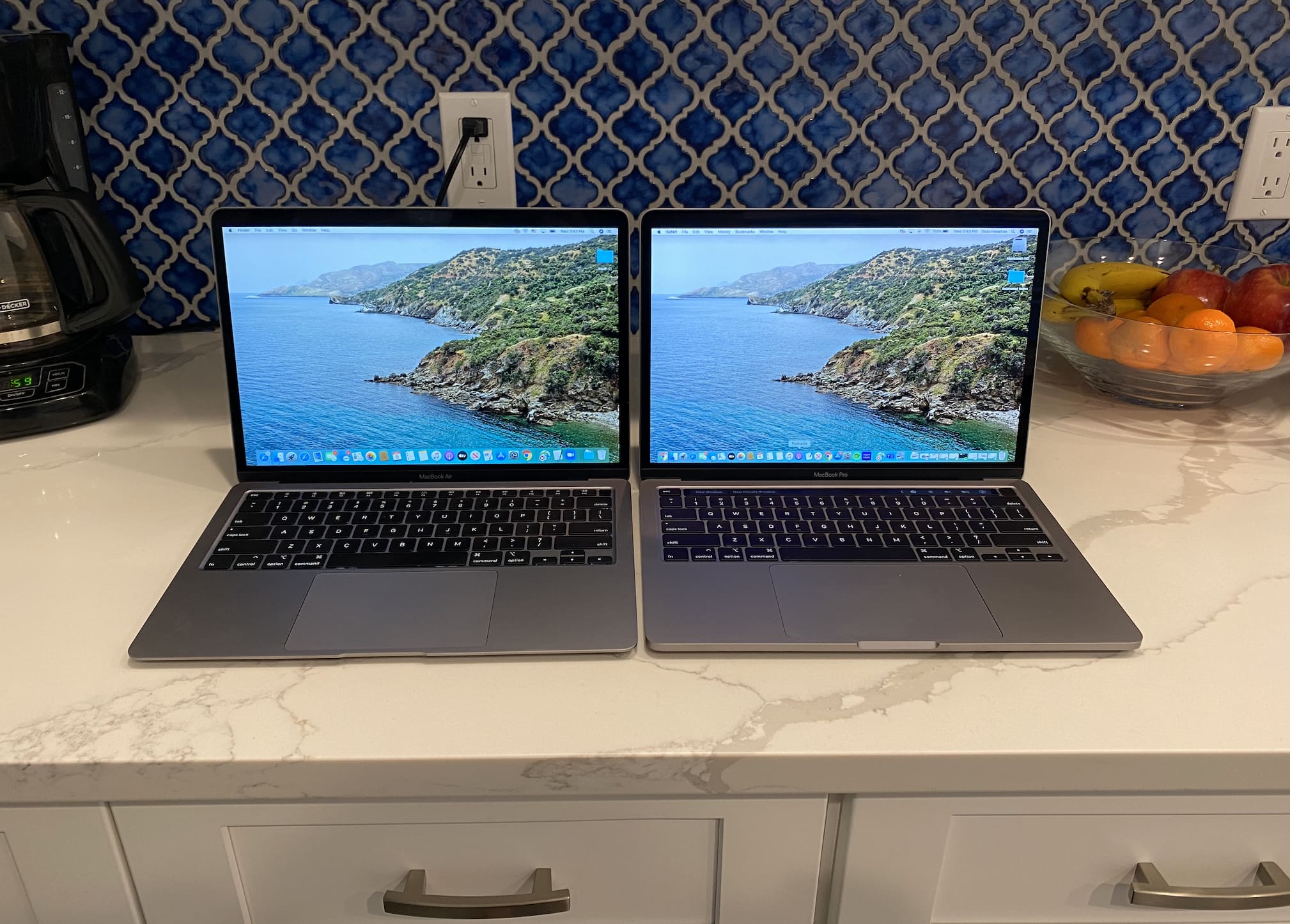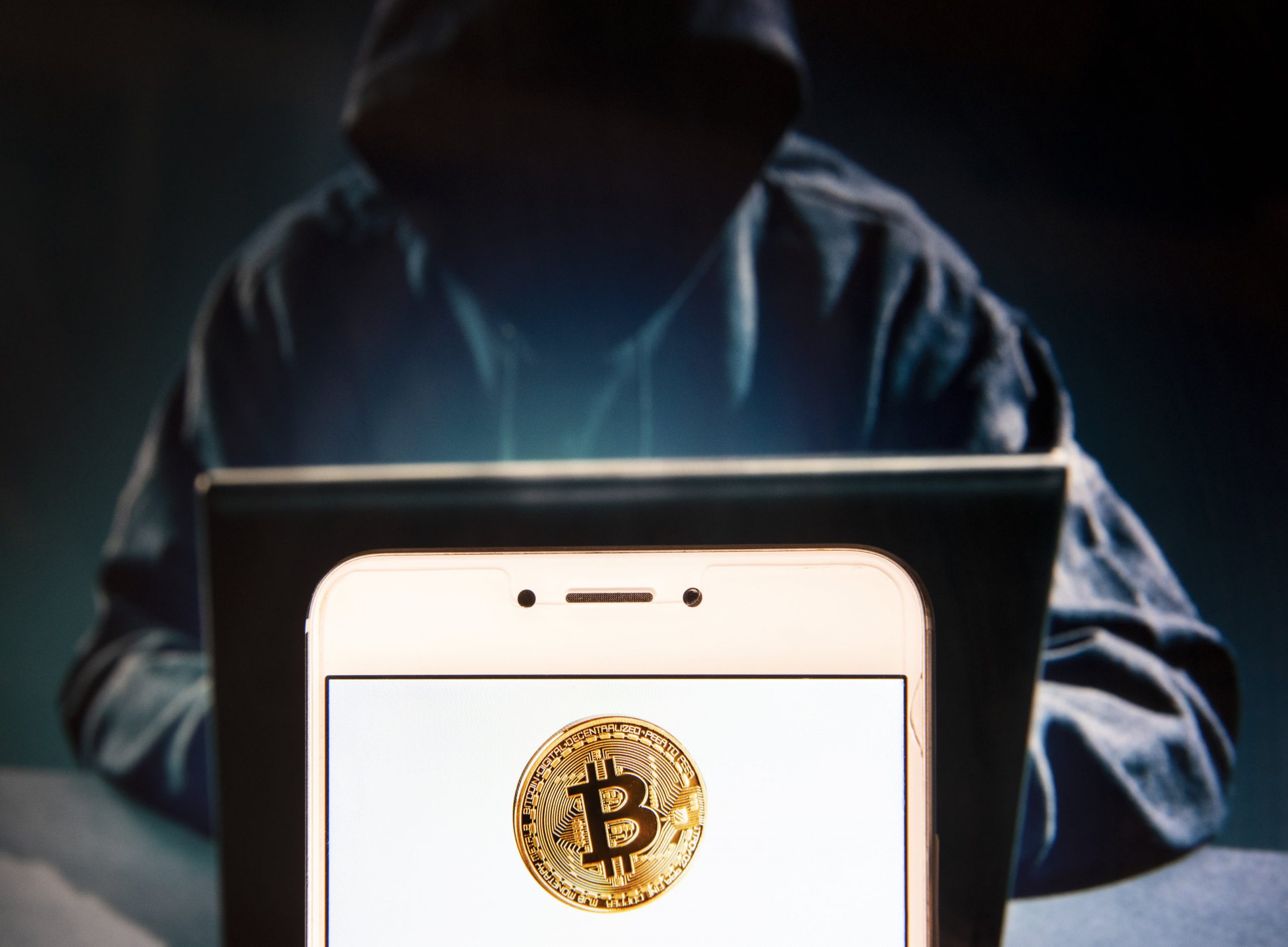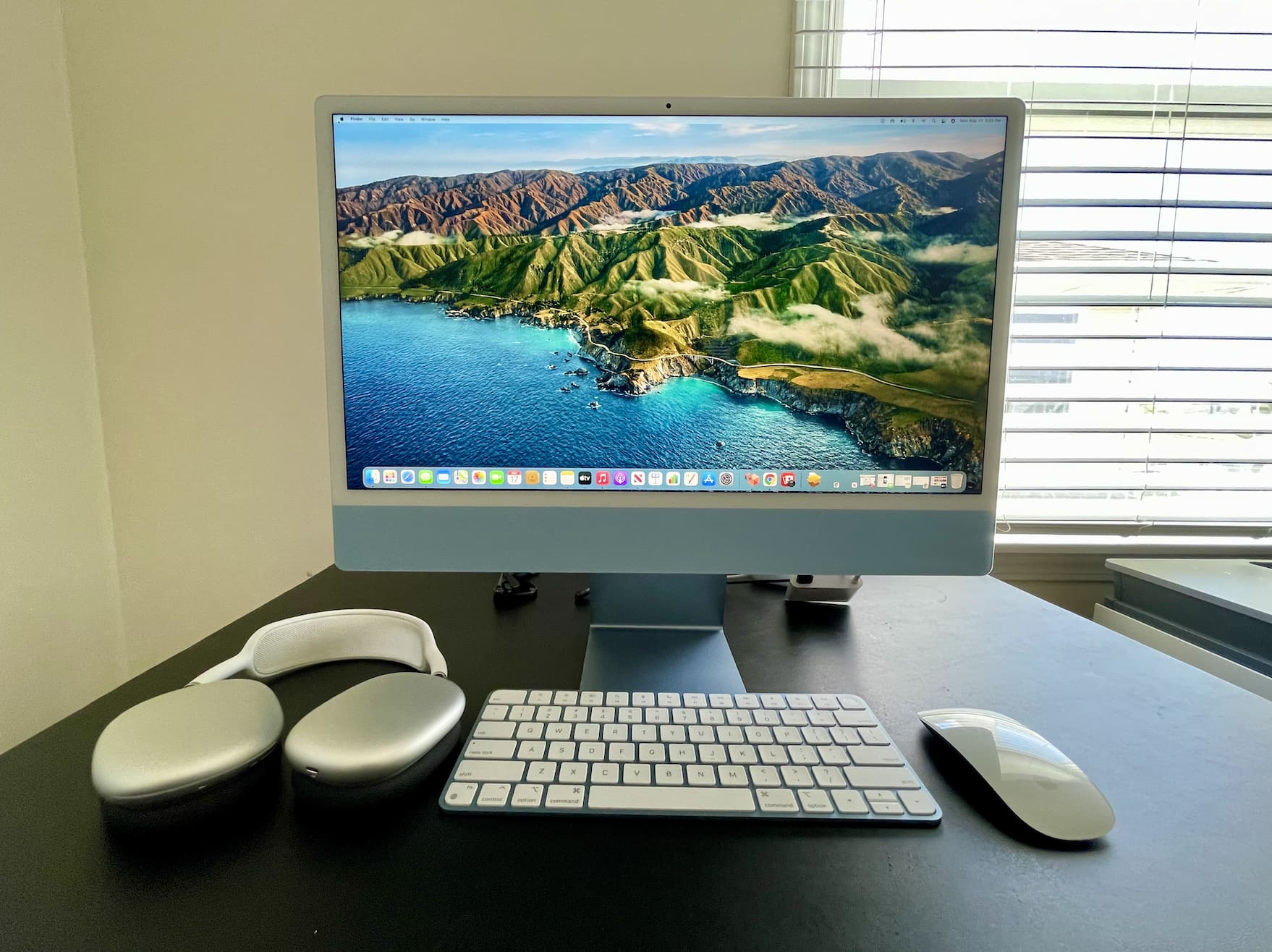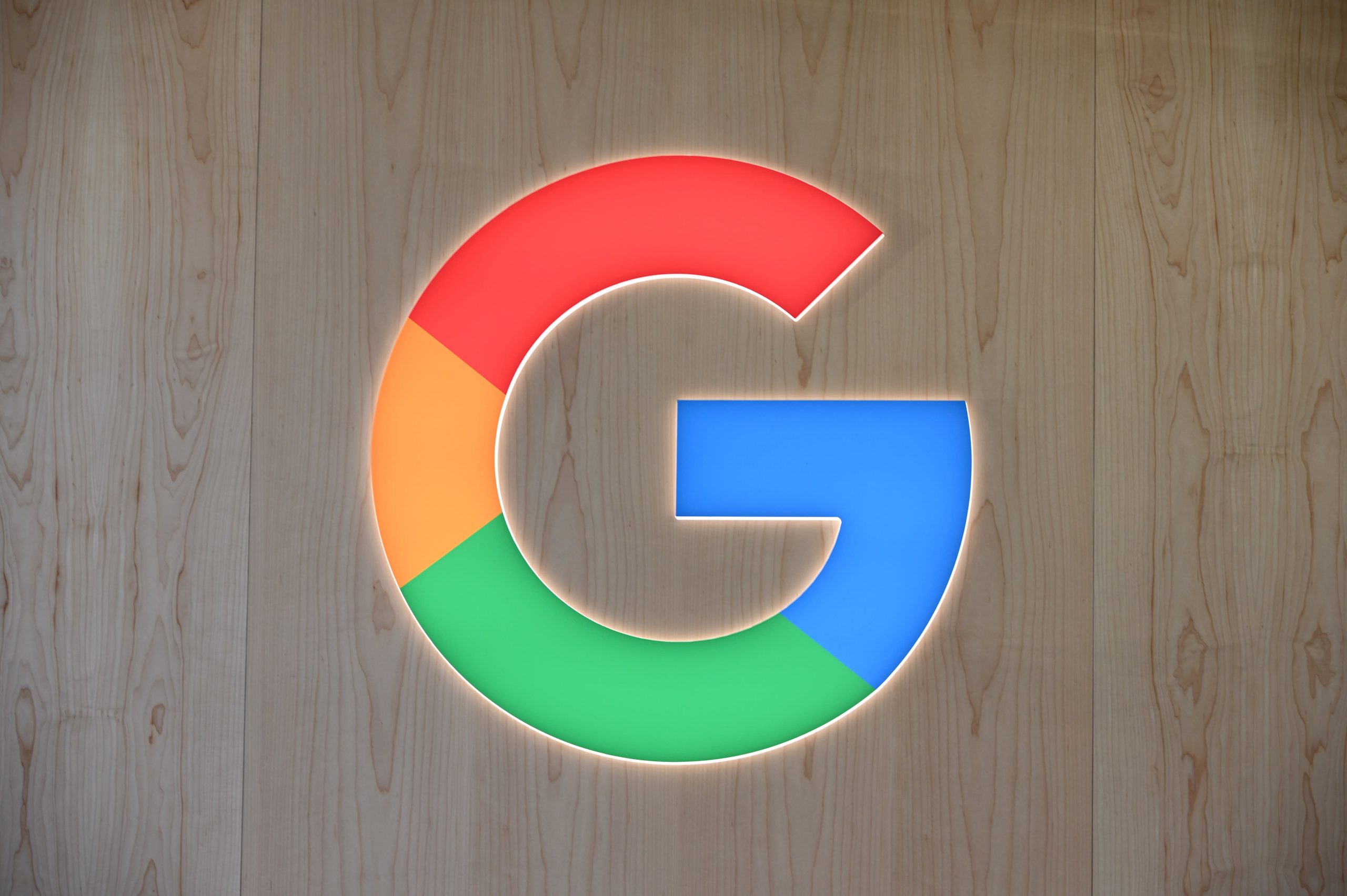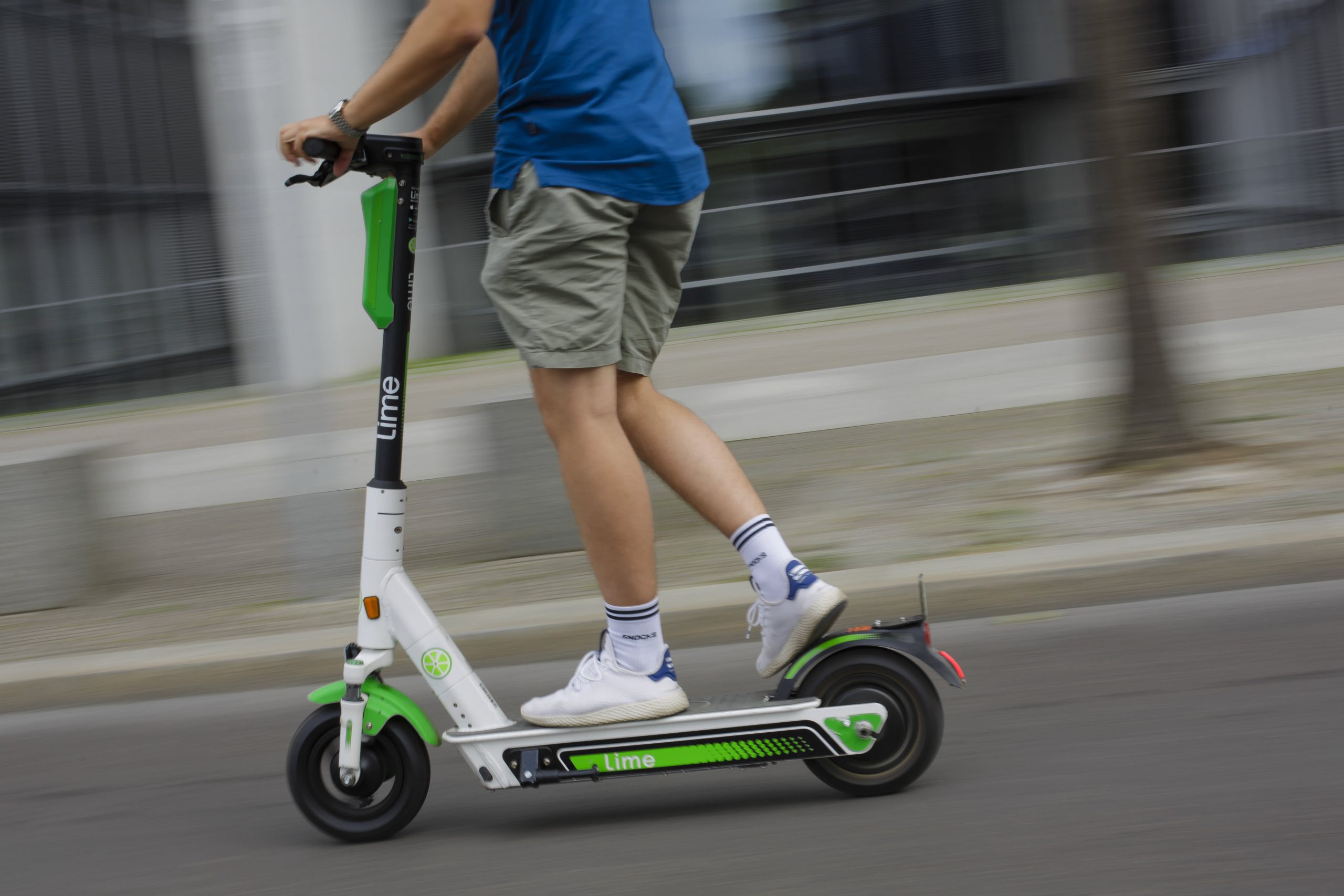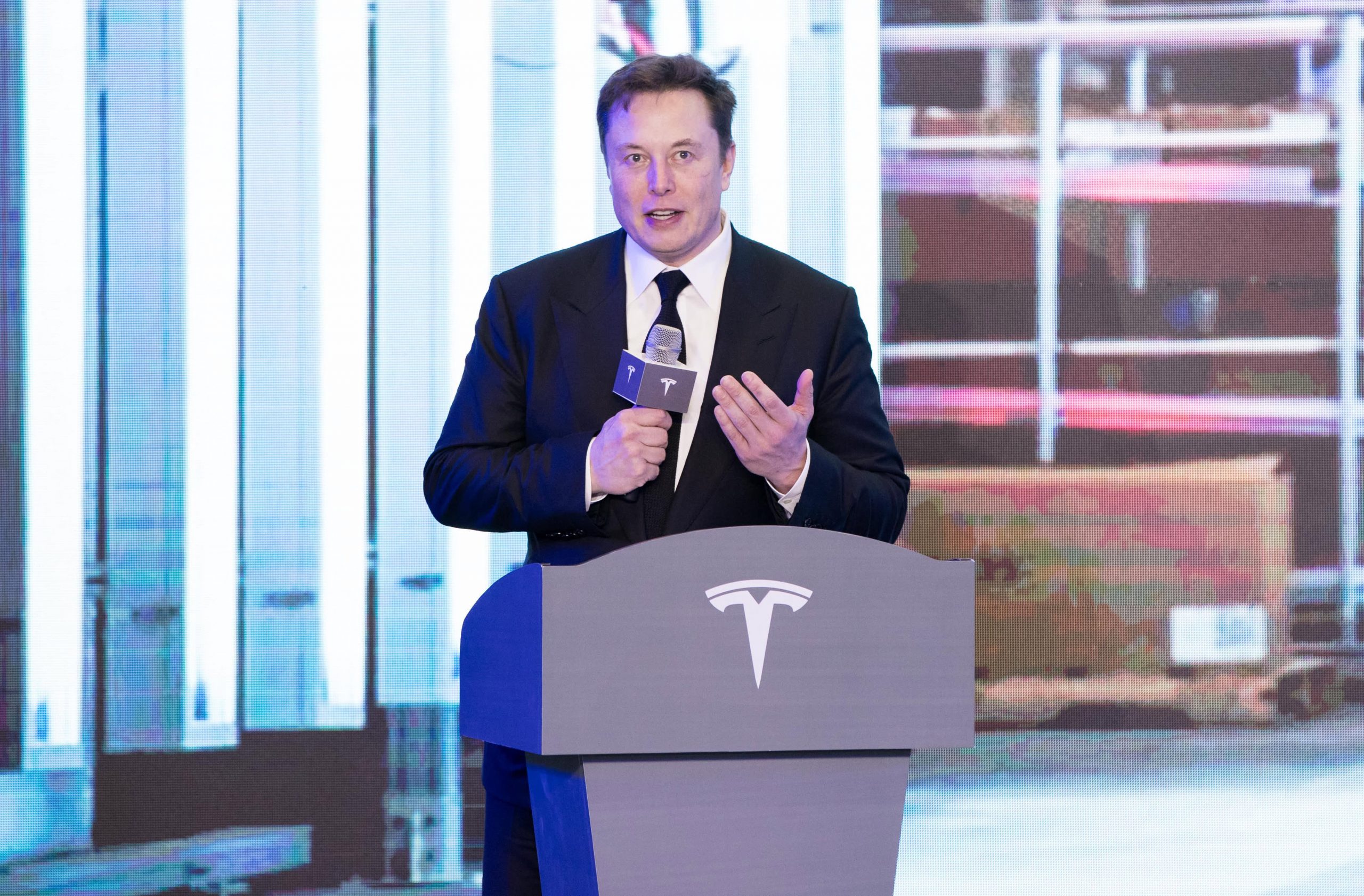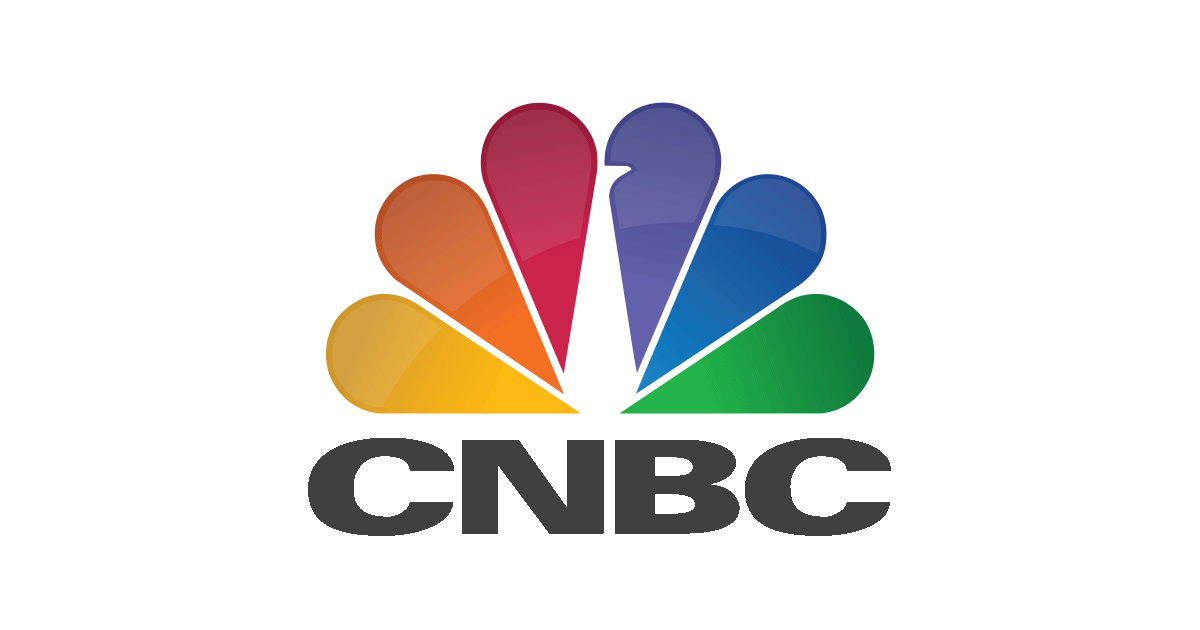Italian supercar maker Lamborghini will give up the roar of a combustion engine for the purr of an electric motor.
The Volkswagen-owned luxury brand announced Tuesday that it will transition its fleet of cars to hybrid vehicles this decade, culminating with the debut of its first fully electric car by the end of the decade.
CEO Stephan Winkelmann said in an announcement that by 2024, the company will offer a plug-in hybrid version of each model in its lineup.
The Sant’Agata Bolognese-based company plans to spend about $1.8 billion toward that effort over the next four years, Winkelmann said — the largest investment in Lamborghini’s history.
The business also aims to cut CO2 emissions in half by the beginning of 2025.
“Lamborghini’s electrification plan is a newly-plotted course, necessary in the context of a radically-changing world, where we want to make our contribution by continuing to reduce environmental impact through concrete projects,” Winkelmann said in a statement.
Lamborghini’s announcement comes as its parent company Volkswagen seeks to overtake Tesla as the predominant electric car maker.Lamborghini
Lamborghini’s archrival, Ferrari, already offers a plug-in hybrid model — with chairman John Elkann announcing last month that the company plans to debut its first fully electric car by 2025.
Lamborghini’s announcement comes as the business’ German parent company, Volkswagen, seeks to overtake Tesla as the predominant electric car maker.
The company tripled sales of battery-only cars in 2020 and the company has since announced plans to build six battery-cell plants across Europe as well as expand infrastructure for charging electric vehicles globally.
Volkswagen has also announced plans to start making its ID.4 electric SUV in Chattanooga, Tennessee, where it has a 3.4 million-square-foot factory, by 2022.
But the German carmaker’s enthusiasm for electric cars has landed it in hot water in the past.
As part of a botched April Fools’ prank, Volkswagen announced the rebranding of its US operation as “Voltswagen” to signify the company’s push into electric vehicles.
But the company appeared to accidentally publish a press release on March 29 announcing the news three days before April Fools’ Day — causing several outlets to report on it as fact.
The following day, Volkswagen released a statement that included quotes from Volkswagen of America CEO Scott Keogh doubling down on the name change.
The ploy helped the stock climb more than 12 percent before various news outlets began to report that it was in fact an early April Fools’ joke.
US regulators are now reportedly investigating the ruse.


